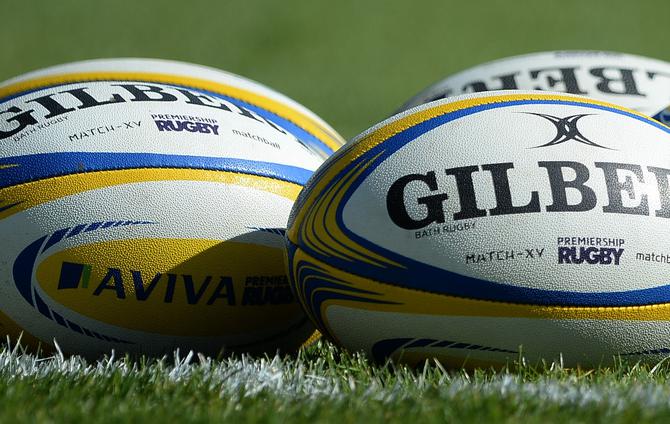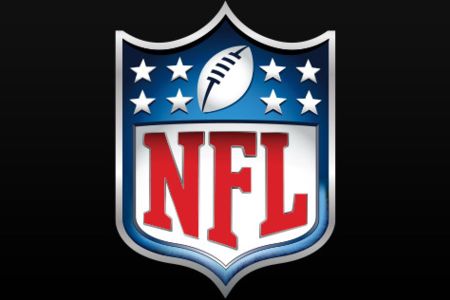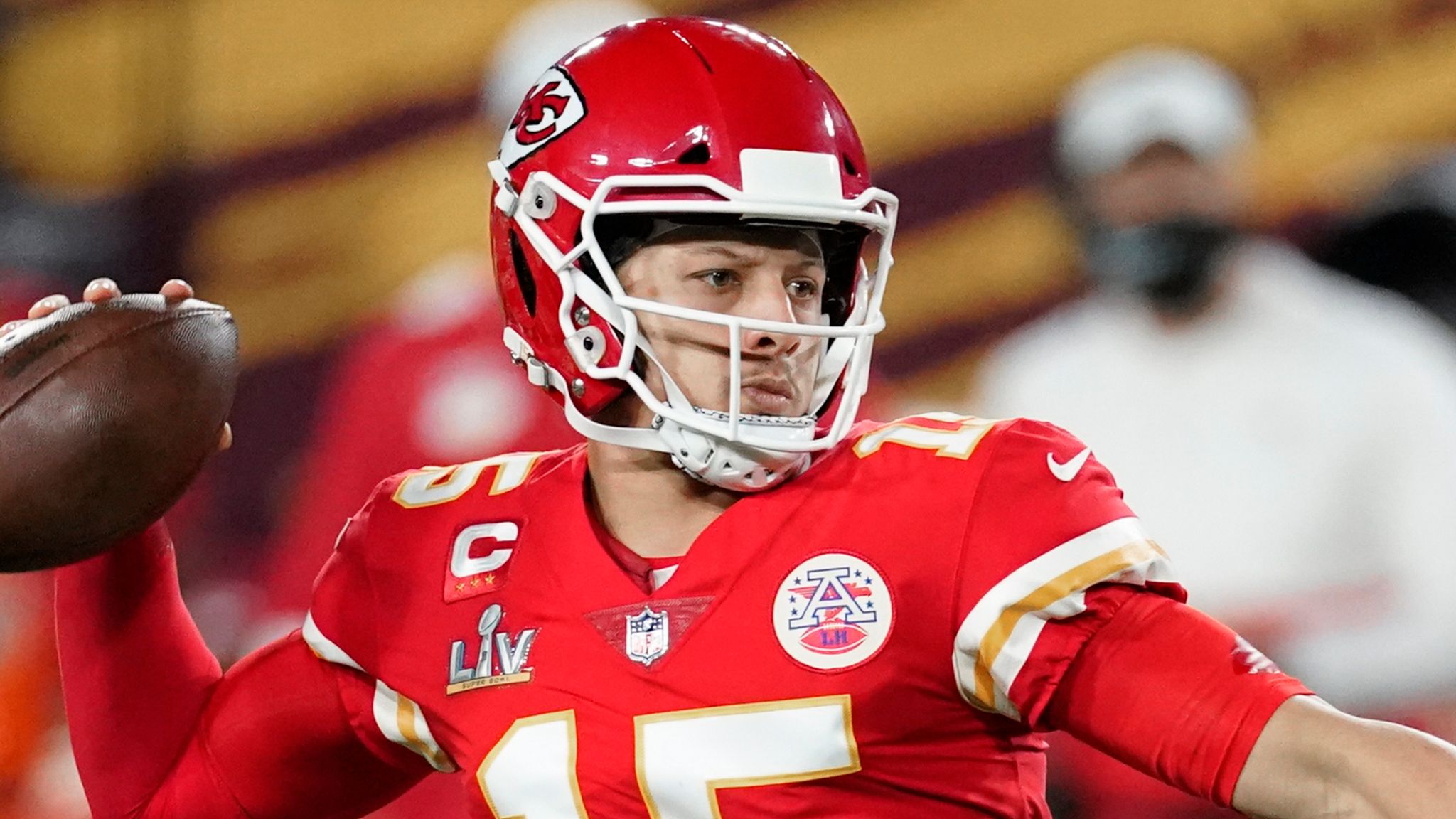In the world of team sports, the rivalry between rugby and American football stands out. Both sports are deeply rooted in tradition and passionately followed by countless fans, showcasing a blend of athleticism, strategy, and physicality. Despite their common focus on teamwork and competition, rugby and American football differ greatly in their rules, playing styles, and cultural impact. Let’s delve into the unique characteristics of each sport, exploring their histories, gameplay, and the spirit that sets them apart.
The History and Evolution of Both Sports
Rugby began in early 19th-century England, famously associated with William Webb Ellis. According to legend, during a football game at Rugby School in 1823, Ellis grabbed the ball and ran with it, setting the stage for the sport that would become modern rugby. Official rules were established in the mid-1800s, and the game spread throughout the British Empire. Today, rugby is celebrated for its blend of physicality, strategy, and stamina, with the Rugby World Cup as its global highlight.
American football, meanwhile, originated in the late 19th century in the United States, evolving from rugby and soccer. Walter Camp, known as the “Father of American Football,” played a key role in shaping it into a distinct sport. Over the years, it has become a staple of American culture, with the NFL and the Super Bowl representing the pinnacle of athletic achievement and entertainment in the U.S.
The Basics of Rugby vs. American Football
At their heart, both rugby and American football aim to advance the ball into the opponent’s territory to score points. Yet, the way each game is played is markedly different.
Rugby features two teams of fifteen players in its most traditional form, Rugby Union. The game flows continuously with players carrying, kicking, or passing the ball laterally or backward. Scoring comes through tries, conversions, penalty kicks, and drop goals. Known for its scrums, lineouts, and open-field tackles, rugby only stops for rule infractions or if the ball goes out of play.
American football consists of two teams of eleven players each, segmented into four quarters and characterized by a series of downs. Teams must advance the ball ten yards within four downs or turn it over to the opposition. Scoring can occur via touchdowns, field goals, and safeties. American football is distinct in its use of time-outs, forward passes, and specific player roles, making it a highly strategic and segmented game compared to rugby’s fluid dynamics.
Each sport offers a unique spectacle rooted in deep cultural traditions, captivating fans worldwide with their dynamic and strategic complexities.
Protective Gear and Physical Contact
A key distinction between rugby and American football centers on the use of protective gear and how each sport handles physical contact. In American football, players are decked out in extensive protective equipment—helmets, shoulder pads, and body armor are standard. This gear helps cushion the relentless, high-impact collisions integral to the game. Rugby takes a contrasting approach. Players generally sport minimal protection, such as a mouthguard and occasionally light, padded headgear. This minimal gear necessitates strict tackling rules, prioritizing player safety and shaping a different style of play that focuses on technique over brute force.
Field Dimensions and Equipment
The play areas and equipment in rugby and American football mirror the distinct nature of each sport. An American football field is 120 yards long, which includes two 10-yard end zones, and spans 53.3 yards wide. The goalposts at each end are critical for scoring field goals and extra points. In contrast, a rugby field stretches up to 144 yards, including the in-goal areas, and is 70 yards wide, with H-shaped goalposts located on the goal line. This setup facilitates the scoring of tries and goals.
As for the balls used, both sports opt for an elongated spheroid shape, though with key differences. Rugby balls are bigger and more rounded, suited for easier handling and kicking. American footballs feature sharper points, optimized for long-distance throwing and catching, highlighting the sport’s focus on passing plays.
Player Roles and Strategy
The roles and strategies in rugby and American football reveal further divergences. Rugby requires players to be versatile, as the game’s continuous nature demands skills in tackling, passing, running, and kicking from almost everyone on the field. This versatility supports a dynamic game flow where players frequently switch between offense and defense. Conversely, American football is a game of specialization. Players are segmented into offensive, defensive, and special teams, each trained for specific tasks. This specialization breeds a strategic complexity akin to chess, where coaches play a pivotal role in crafting plays and overall game strategy.
Physicality and Safety Measures
Physicality underpins both rugby and American football, yet the approach to safety and player welfare diverges significantly between the two. Rugby, characterized by its continuous play and lack of heavy protective gear, demands rigorous enforcement of tackling rules to ensure player safety. Tackles above the shoulder are penalized to reduce the risk of head injuries, and players are taught to tackle in a manner that prioritizes their safety and that of their opponents. This emphasis on technique over brute force aims to mitigate the inherent risks of a sport that prides itself on physical endurance and resilience.
American football, with its strategic stoppages and specialized protective equipment, allows for more intense physical confrontations. The armor-like gear enables players to engage in high-impact tackles and blocks that are integral to the sport’s appeal. However, this has also led to increased scrutiny over the long-term health implications for players, particularly concerning concussions and traumatic brain injuries. The NFL and other governing bodies have introduced rule changes and protocols aimed at enhancing player safety, reflecting an evolving understanding of the balance between the sport’s physical nature and the well-being of its participants.
The Cultural Impact and Global Reach
According to bettingtx.com, rugby and American football are more than mere sports; they are cultural phenomena that reflect and influence the societies from which they emerge. Rugby, with its origins in the British public school system, has spread across the globe, finding fervent support in countries like New Zealand, South Africa, and France. Its emphasis on teamwork, respect, and discipline resonates deeply in these cultures, transcending the sport to instill values that extend beyond the pitch. The Rugby World Cup, a quadrennial international tournament, showcases the sport’s global reach and the unifying spirit it engenders among nations.
American football, by contrast, is a quintessentially American pastime, rooted in the country’s competitive ethos and spectacle-driven culture. The Super Bowl, the NFL’s annual championship game, has evolved into a cultural event that captivates millions worldwide, transcending the sport to become a celebration of American entertainment and consumerism. The sport’s intricate strategies and heroic narratives play out in a distinctly American arena, making it a powerful symbol of national identity and pride.
Major Leagues and International Competitions
The pinnacle of professional achievement in rugby and American football is epitomized by their respective major leagues and international competitions. The National Football League (NFL) represents the zenith of American football, a behemoth in the sporting landscape that commands immense media attention and financial clout. The Super Bowl, its championship game, is not only a sporting event but a cultural spectacle, featuring elaborate halftime shows and high-profile commercials.
Rugby’s international appeal is showcased through competitions like the Rugby World Cup, Six Nations Championship, and The Rugby Championship, which bring together the best national teams from around the world. Additionally, domestic leagues such as Super Rugby (Southern Hemisphere), Top 14 (France), and Premiership Rugby (England) offer high-level club competition. Unlike American football, which is primarily concentrated in the United States, rugby enjoys popularity across various continents, highlighting its status as a truly global sport.









